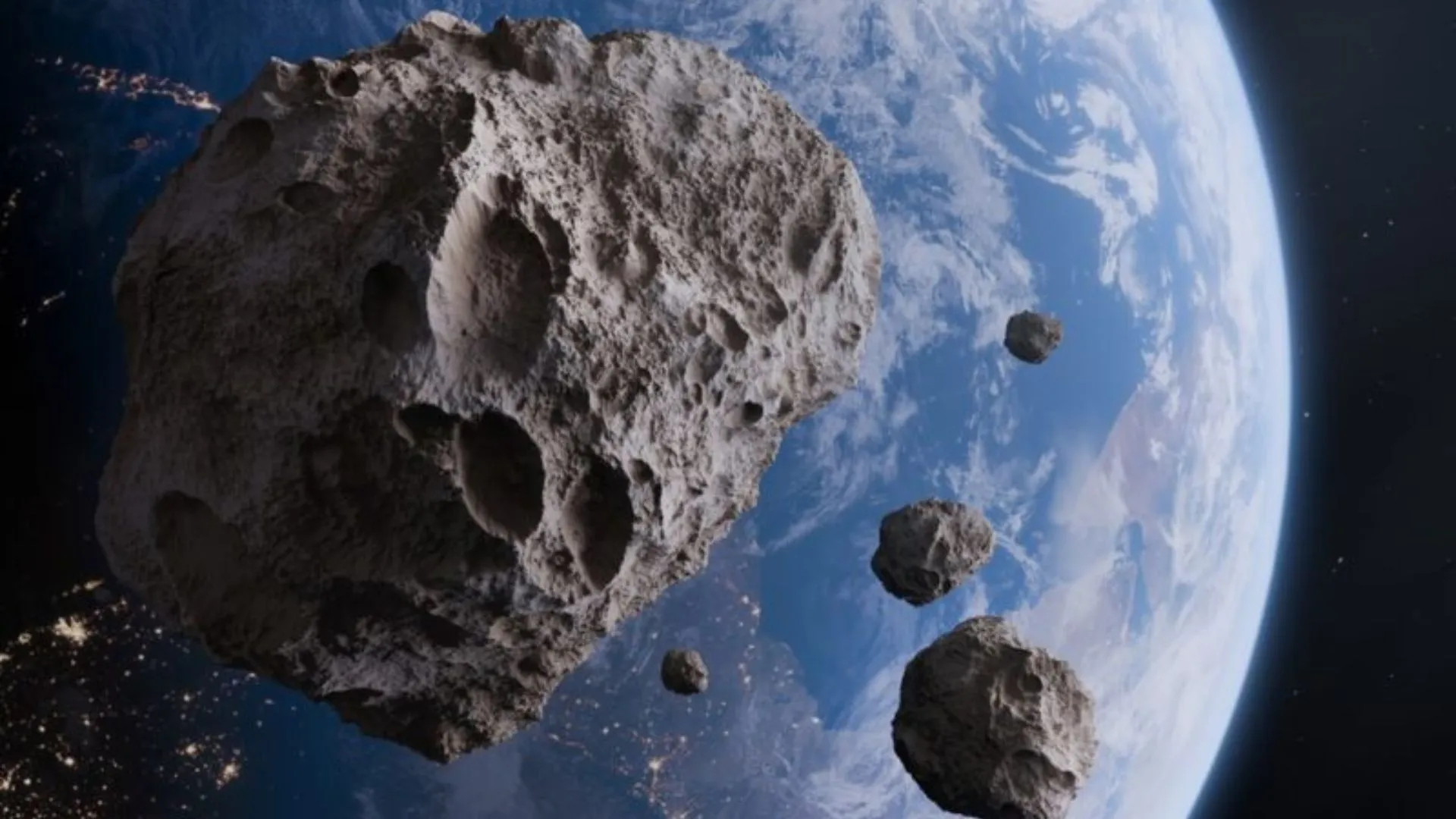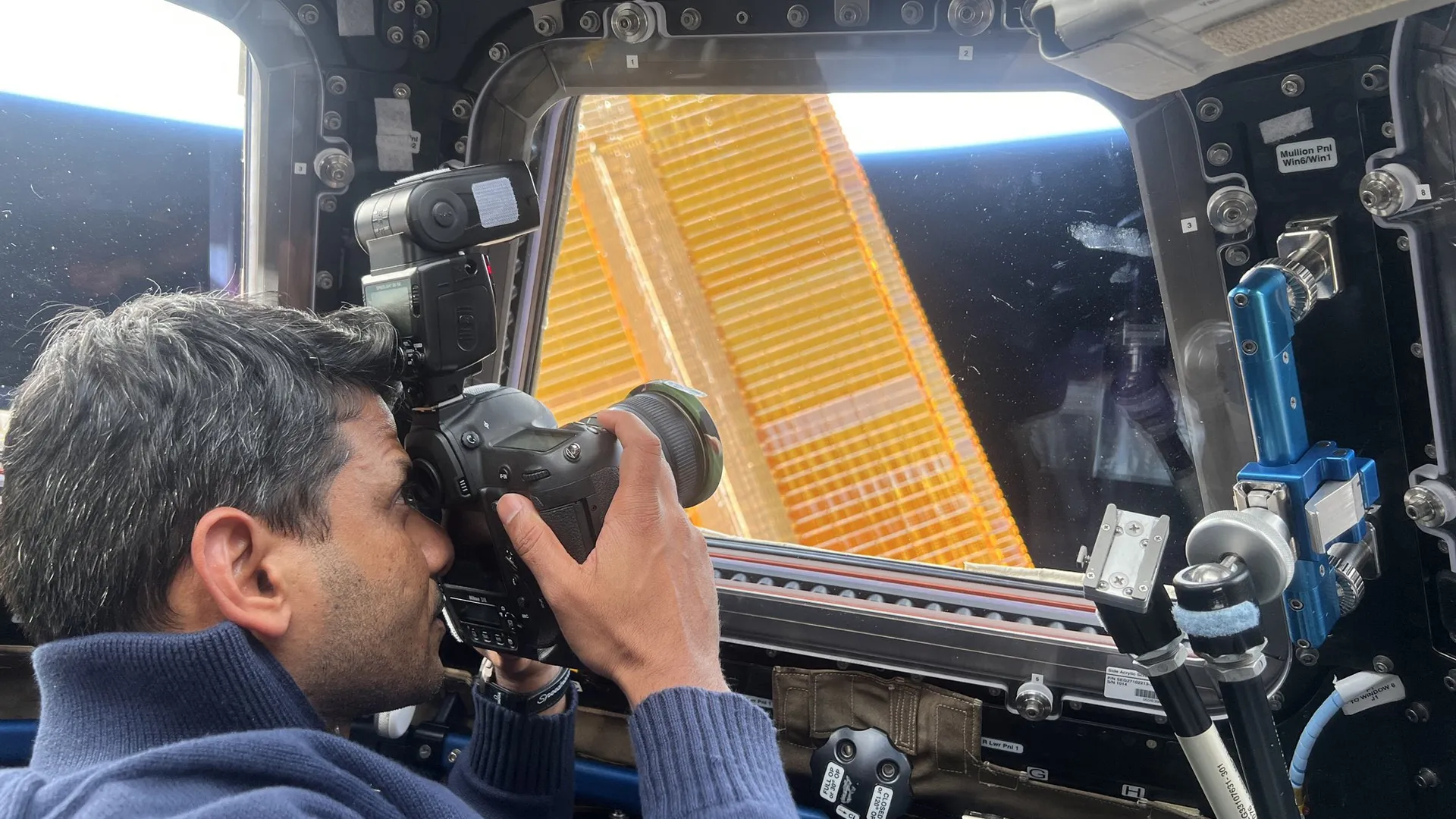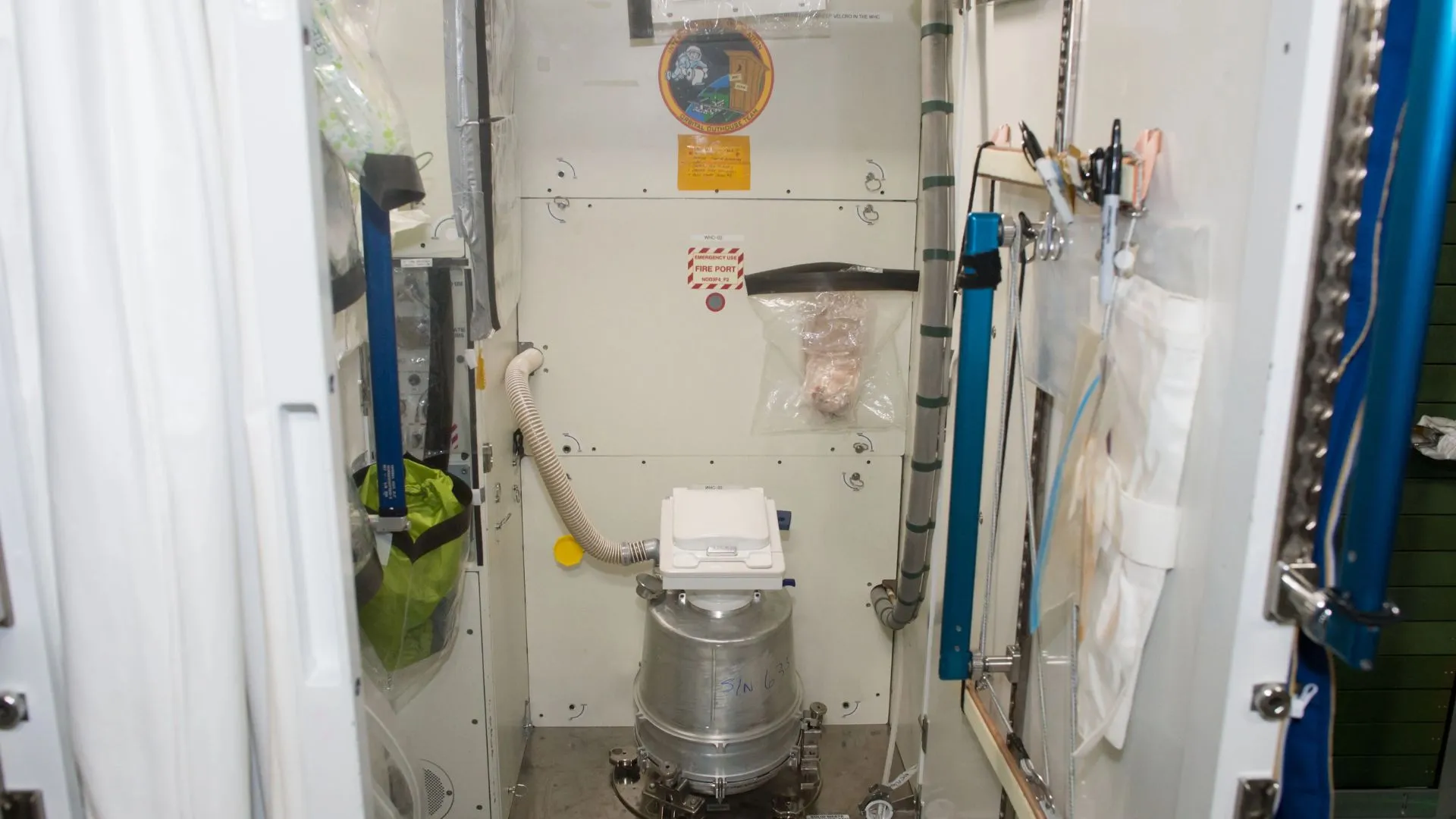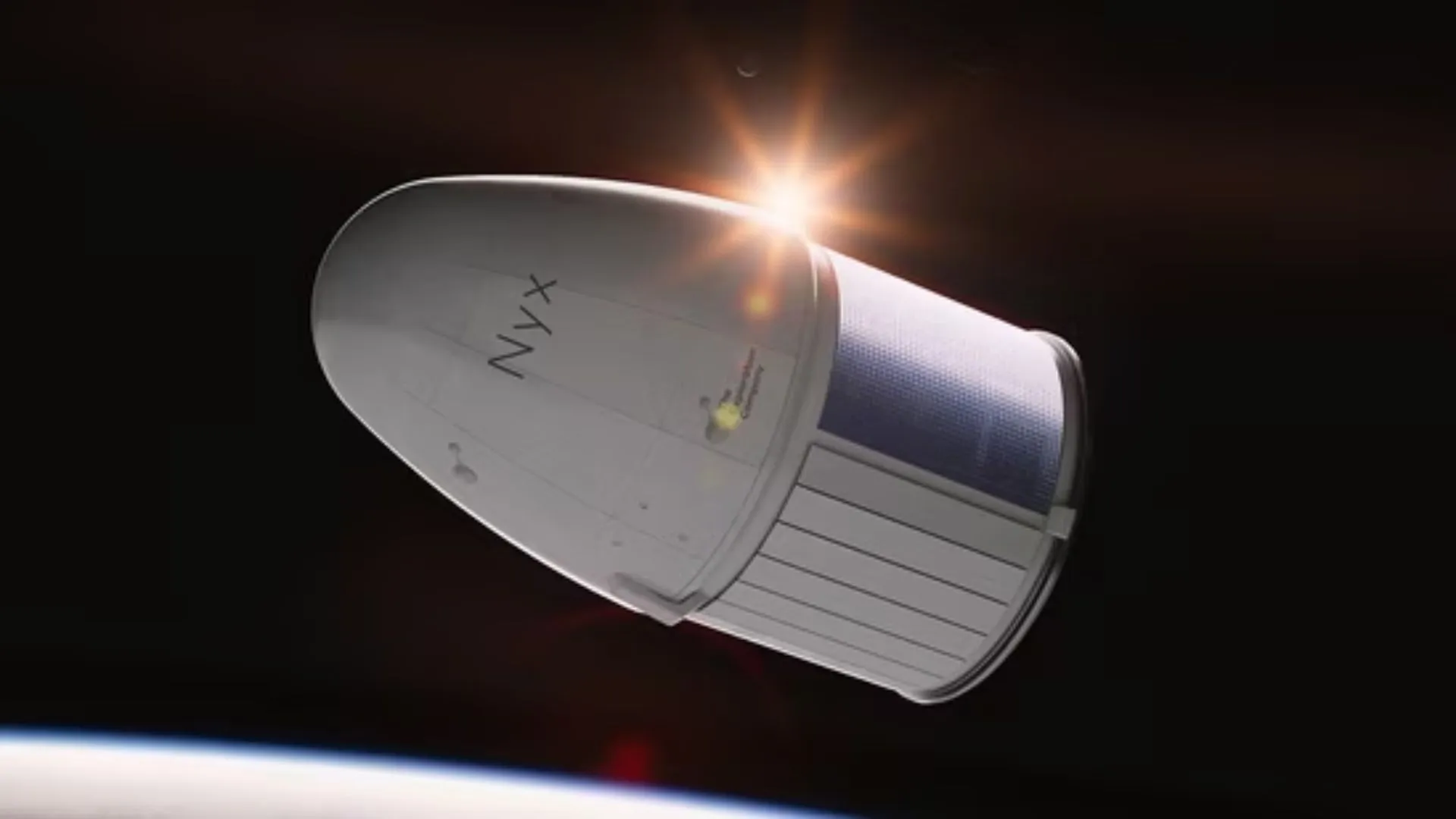A newly discovered asteroid, YR4 2024, has surged to the top of NASA’s impact risk list after new observations revealed a higher chance of it striking Earth in 2032. Recent images taken by the Gemini South Telescope in Chile have provided detailed views of the asteroid, which measures between 131 and 295 feet across—roughly the size of a building—and could cause catastrophic damage if it collided with Earth. With a collision probability of 1 in 48, scientists are closely monitoring the space rock, now dubbed “city-killer.”
Although the increased impact risk might seem alarming, scientists explain that it is a natural part of refining YR4’s orbit. NASA’s Near Earth Objects Studies has been monitoring the asteroid since it was first discovered by the NASA-funded ATLAS system on December 27, 2024.
NASA astronomer Bryce Bolin, who participated in the imaging, described the discovery as both a concern and a scientific opportunity. “Only a few asteroids have been studied like this,” he told Space.com. “We took 12 200-second long exposures in the Red band and tracked the motion of the asteroid to obtain these images.”
At the time of observation, YR4 was about 59 million kilometers from Earth, and the team faced several challenges. The asteroid was faint, requiring the use of the large Gemini South telescope in Chile, and the 70 percent illuminated moon made capturing a clear image even harder. Bolin also noted that the asteroid was moving quickly at 0.26 arcseconds per minute, requiring careful tracking to keep it in view.
Experts are also focused on the scientific potential YR4 offers. Bolin called the asteroid “extremely exciting… for the scientific potential of studying such a small asteroid in high detail.”
NASA’s James Webb Space Telescope will also assist in observing YR4, with data collection starting in early March. Using its advanced infrared instruments, Webb will help astronomers better measure the asteroid’s size and evaluate the potential impact damage if it were to collide with Earth.
While scientists continue to study the asteroid’s path, a collision would release energy equivalent to 8 megatons of TNT—enough to devastate an area the size of Washington, DC.
Asteroid expert David Rankin, who has been tracking YR4, reassured the public that the increasing impact odds are expected. He stated that the risk will likely decrease once more precise data on the asteroid’s orbit is gathered.























